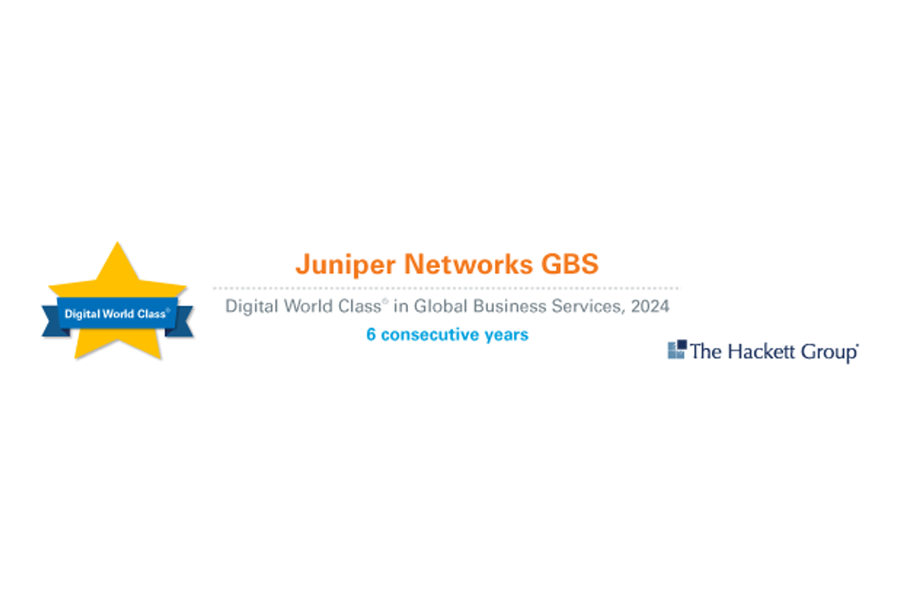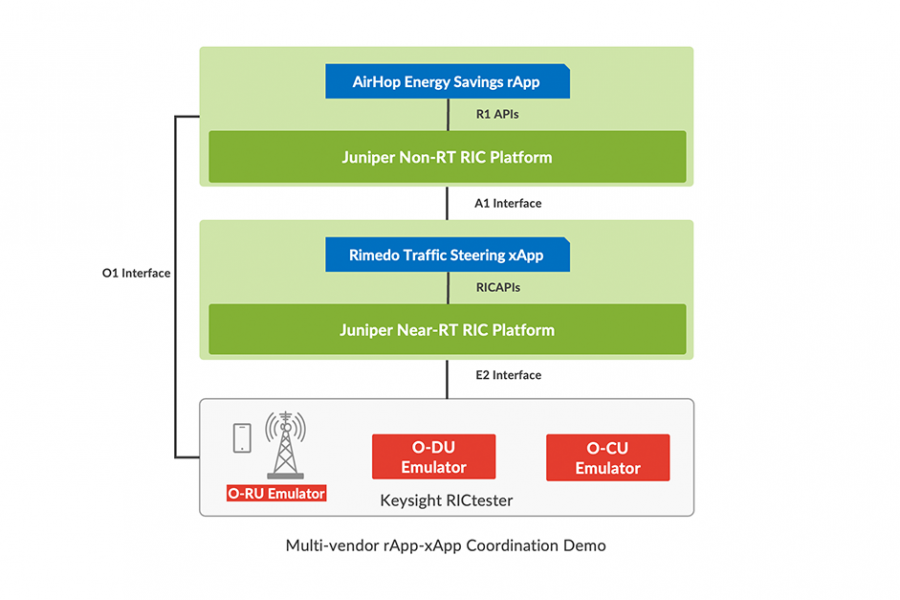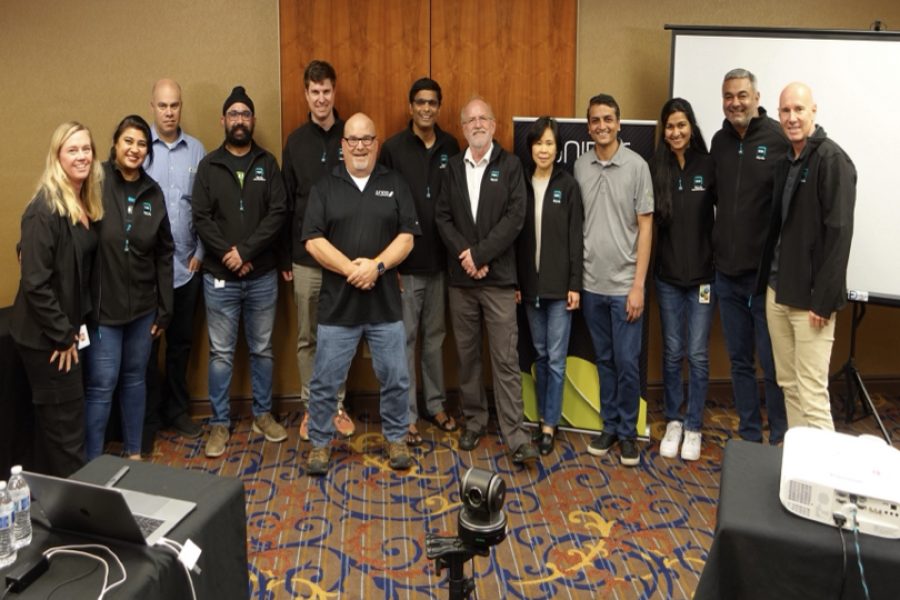Over the past two decades, Wi-Fi congestion has continually increased the demand for reliable connectivity and network analytics. For many organizations, the additional devices that are brought onto the network are now wireless and, as a result, this growing demand is changing network requirements. More devices equate to ever-increasing bandwidth needs alongside organizations’ needs for speed to support increased multimedia use in business applications. With this proliferation of devices on a global scale, additional available spectrum is critical to meet these bandwidth and density requirements.
To alleviate the congestion on current frequencies, indoor low-powered devices are now able to operate on the 6 GHz band (Wi-Fi 6E). Wi-Fi 6E is an extension of Wi-Fi 6 (also known as 802.11ax), enabling the operation of devices in the unlicensed 6 GHz band, adding to the existing 2.4 GHz and 5 GHz bands. Wi-Fi 6E promises enterprises more capacity and increased channel width with up to an additional 1,200 megahertz (varying by national government approvals) to maximize user and IT experiences on the network.
To provide customers with access to the latest technology and enable them to take full advantage of Wi-Fi 6E, today, Juniper Networks is announcing two new tri-band access points (APs), managed via the same Mist cloud and AI engine as the rest of the Juniper Mist portfolio. These include:
- AP45 – 2.4 GHz/5 GHz/6 GHz quad-radio, 4×4:4SS, vBLE array
- AP34 – 2.4 GHz/5 GHz/6 GHz quad-radio, 2×2:2SS, omni BLE
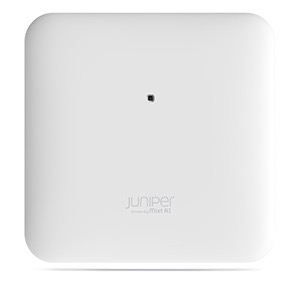
The new access points complement the existing 2.4/5 GHz APs in the Juniper Mist portfolio, which support both 802.11ac and 802.11ax protocols. All APs incorporate Juniper’s patented virtualized Bluetooth LE or omnidirectional BLE antenna, in addition to Wi-Fi, to provide a wide range of location-based services in a scalable and cost-effective manner. Juniper’s AI solutions for Wi-Fi 6E help support optimized operator and user experiences with insight and AI-driven actions powered by secure client-to-cloud automation.
With this announcement, Juniper is taking its focus on optimized operator and user experiences to the next level with AI for Wi-Fi 6E to automate and boost performance, and two new Wi-Fi 6E (6GHz) APs. These 6GHz APs join a rich portfolio that not only eliminate compromises to 2.4/5GHz clients and new clients operating in the 6GHz band – it also includes solutions for wired, indoor location services and Mist Edge.
The Juniper AP45 Access Point series brings the performance and patented virtual Bluetooth® LE (vBLE) technology of Juniper’s AP43 to 6 GHz for enterprises that need enhanced location services. The Juniper AP34 integrates Mist AI for AX capabilities and omnidirectional Bluetooth antenna to automate network operation and boost Wi-Fi performance for devices on the network.
The AP45 and AP34 Series work in conjunction with the Juniper Mist Cloud architecture, driven by Mist AI, to collect and analyze metadata in near real time from all wireless clients. This enables rapid problem detection and root cause identification with predictive recommendations and proactive troubleshooting. The AP45 Series access points support 4-radios 4×4:4SS, while the AP34 supports 4-radios 2×2:2SS. This dedicated fourth radio functions as a network, location and security sensor, a synthetic test client radio and a spectrum monitor. This expansion of the spectrum makes it more important than ever to have a well-designed network.
But what if a network doesn’t have a proper design? Will the Wi-Fi still work? The answer is… probably. But throw in an explosion of devices and a new frequency band to that poor design, and that adds a new plethora of problems to the network. Regardless of the capacity and frequency, a strong foundation is important to ensure a reliable connection for users.
How does the expanding spectrum with support for three frequencies impact network design?
For many environments, network architects will design the same as they would for 5 GHz, especially in indoor enterprise, education and healthcare environments, or environments that commonly use capacity-based designs. Low power indoor (LPI) mode in 6 GHz has lower transmit power when compared to 5 GHz. However, most environments do not operate near peak power. There are some nuances between countries and what they’ve granted as part of 6 GHz unlicensed use. Some countries have granted 1200 MHz of spectrum, while others have granted around 500 Mhz.
With this in mind, the industry can expect to see 80 MHz channel bandwidth in 6 GHz. LPI is meant for indoor operations only. There are separate rules that govern 6 GHz use outdoors. Today, many regulatory domains don’t allow 6 GHz use outdoors and the countries that are planning to allow its use, such as the US and Canada, haven’t finalized the frequency coordination services yet. This will change over time, but it’s an important consideration for those looking to deploy 6 GHz outdoors. In environments that utilize external antennas, the AP45E can be deployed in LPI mode and, in the future, we expect it to be deployed in Standard Power mode as well. However, it will take some time to build the specialty antennas with 6 GHz support that many IT teams rely on.
For the wired network, both the AP45 and AP34 include 5 Gbps uplink ports. An old adage says, “You need approximately 100 MHz of spectrum to exceed 1 Gbps of throughput in the real world,” and with Wi-FI 6E, that’s becoming a reality. The industry has been marketing “Gigabit Wi-Fi” for three generations (since 11ac Wave 1). So, will we finally see speeds over 1 Gbps through a single AP in the real world? It’s certainly possible, especially when using 80 MHz channels on 6 GHz + 40 MHz on 5 GHz + 20 MHz on 2.4 GHz. While not required, one may want to consider deploying multi-gigabit capable switches with 6 GHz APs and think about the uplink from the access switch to the aggregation switch.
The other consideration is PoE. Start thinking about 802.3bt capable switches. Adding an additional Wi-Fi radio does not come for free, tri-band/tri-Radio Wi-Fi 6E APs need more power than dual-band/dual-radio APs. The AP45 needs 802.3bt power for full functionality, however it does have a reduced power mode on 802.3at power. For more information, register for our upcoming webinar, Designing AI Wi-Fi Networks for 6 GHz, where we will discuss Wi-Fi 6E network design.
Introducing Juniper Mist IoT Assurance
In addition to the new 6 GHz APs, Juniper is introducing a new IoT Assurance service that streamlines and scales the onboarding and securing of IoT devices without Network Access Control (NAC).
Juniper Mist IoT Assurance is a cloud service that simplifies IT operations and secures connections for headless IoT and bring-your-own-device (BYOD) devices. It incorporates a full suite of access control functionality for seamless MAC-less and NAC-less client onboarding, leveraging Multiple Pre-Shared Key (MPSK) or Private Pre-Shared Key (PPSK) as a new type of identity and policy vector. With the IoT Assurance service, enterprise IT teams can easily onboard and manage BYOD and IoT devices at scale, while providing full segmentation and policy control as with traditional 802.1X authentication.
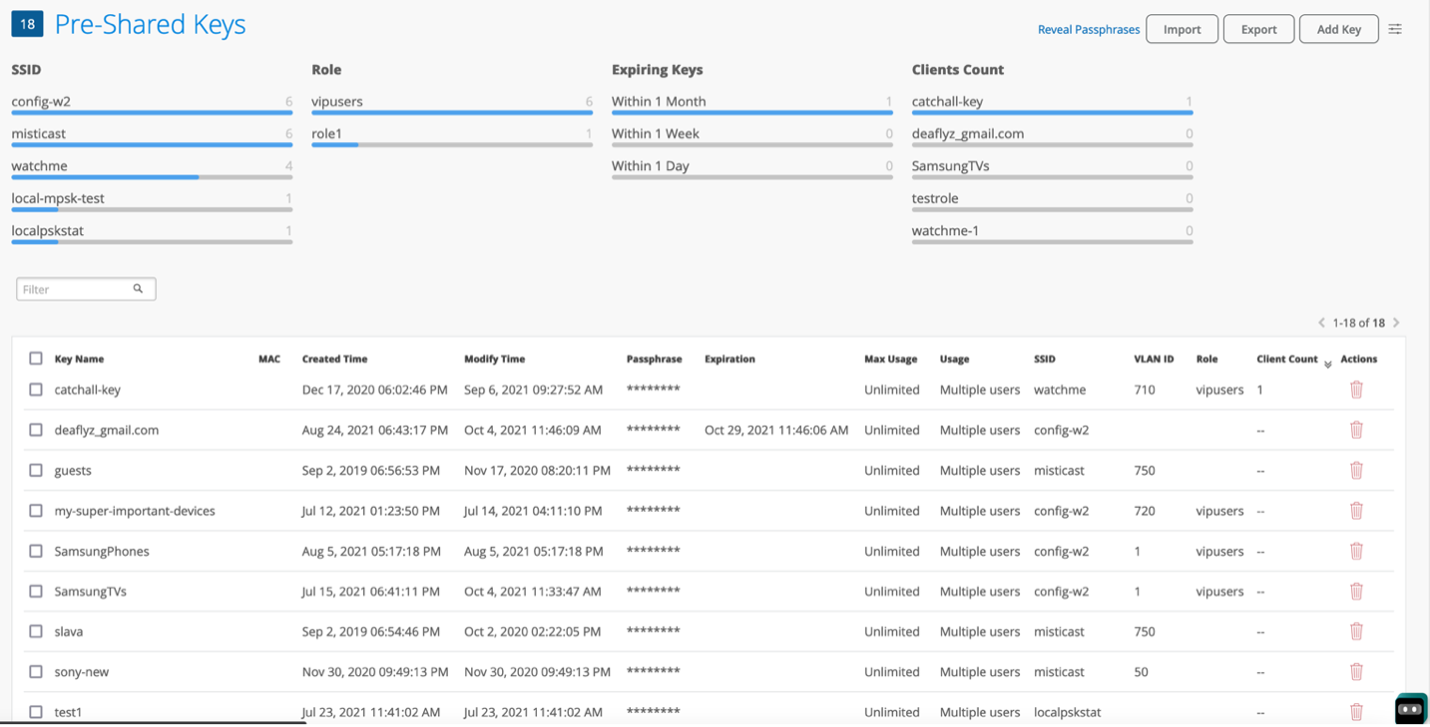
Juniper Mist IoT Assurance can quickly onboard IoT and BYOD devices at cloud scale, assigning key based WxLAN policy for each device and enabling device traffic engineering. It maximizes end-user experience, while simplifying IT management, planning and troubleshooting.
These enhancements to the Juniper wireless access portfolio further Juniper’s experience-first networking mission to enable IT administrators to deliver superior network experiences to their end users.
